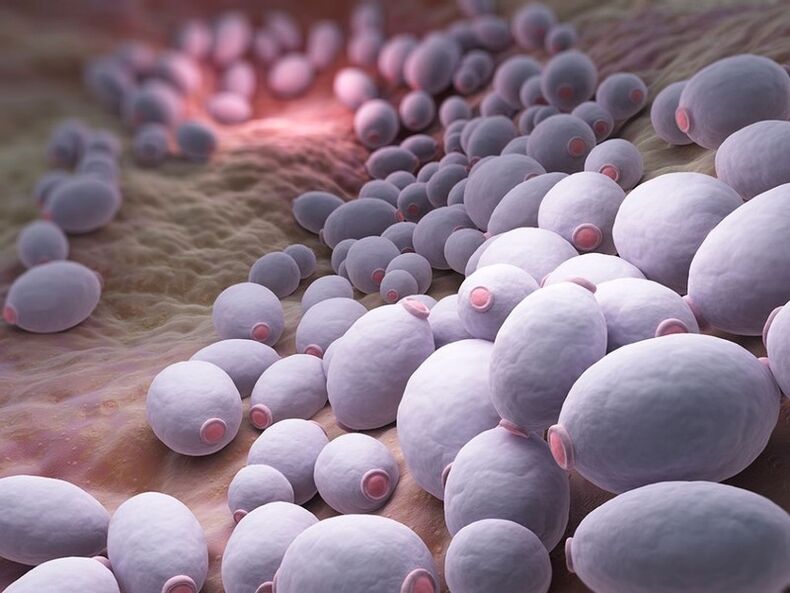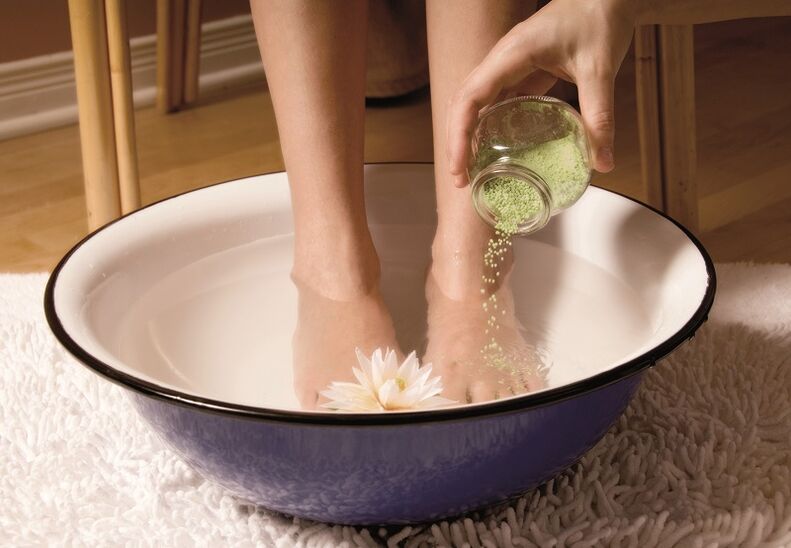One of the most common problems faced by almost all people is fungus on the toes. Such a spread of the disease is due to the fact that you can be infected everywhere, regularly visit the gym, swimming pool, or walk barefoot on the ground or grass. In this case, it does not matter whether a person follows the rules of personal hygiene.
Like other diseases, this infection requires proper and timely treatment. If you ignore this advice, the disease will progress, the symptoms will begin to appear more intense, and the skin will become thinner and covered with small but painful cracks.
What is a fungus and how does the infection occur?
Foot fungus or mycosis is a contagious disease. Such skin lesions are also called dermatomycosis. In general, there are many bacteria in nature, but not all of them can cause human health problems. Mycosis is one of the most common diseases and is second only to purulent pathologies, such as boils, streptoderma, carbuncles and staphyloderma.
As for the groups of fungi that affect the skin of the legs, they are divided into 3 groups, namely:
- Candida. It belongs to the group of yeast-like fungi.
- Zooanthropophile. Infection can occur from both animals and humans.
- Anthropophilic. In this case, you can only be infected by other people.

How does the fungus manifest itself in the toes?
The first symptoms of toenail fungus have uncertain features, so it is very difficult to recognize the disease from the first days of infection. Sometimes people do not seek medical attention immediately, not because they do not want to, but because they do not understand their condition. To avoid such situations, doctors always advise to seek help, even with the slightest symptoms. In this case, the patient will get rid of the problem as soon as possible.
The main symptoms of a finger infection are:
- a yellowish color and seal spots on the skin;
- increased sweating;
- the spaces between the fingers begin to ache and itch;
- spots and abrasions of the skin appear at the sites of localization of the infection.
The severity of symptoms may also depend on the form of the disease, squamous or intrigue. In the second case, the person will suffer from swelling of the legs, redness and constant moisture in the affected areas. This form is characterized by localization between the last 4 fingers.
With a pathological form of squamous cell carcinoma, white crusts, peeling, and increased pulling of skin lines appear on the feet. In the first days after infection, the patient feels burning and itching. In the absence of treatment, the symptoms will be completed by an uncharacteristic glow of the skin of the legs and staining of small gray or white scales.
How to treat athlete's foot?
Nowadays, the patient can choose different drugs that are just as effective as the fungus between the toes. To get rid of the disease as soon as possible, doctors recommend the use of complex therapy, which includes the following measures.
- Taking pills.
- Use of immunostimulants and vitamin complexes.
- Gels and creams.
Note!Almost all drugs are highly effective, but this does not mean that the duration of treatment will be short. Depending on the state of the body's protective functions, the patient will have to fight the fungus for at least 1 month.
Effective drugs for the treatment of athlete's foot
Foot fungus is usually treated with varnishes, gels or tablets. The most appropriate medication will be selected by a specialist.
How is foot fungus treated with folk remedies?
Along with drug treatment of fungus on the toes, experts recommend the use of alternative treatments, but you should consult a doctor when using any tool. This will prevent allergies and other adverse reactions.
Traditional healers are advised to pay attention to the following methods:
- Use of apple cider vinegar. This is necessary for the "acidification" of the body. Regardless of food intake, vinegar is dissolved in a glass of water and drunk once a day.
- Foot baths. In this case, it is worth pouring 9 percent vinegar into the pool as much as it covers the foot. The liquid should be a little warm. The duration of the procedure is not more than 15 minutes.
- Vinegar and vegetable oil. For the treatment of athlete's foot, it is necessary to prepare an ointment from these two components in a ratio of 1 to 1. Covers affected areas all night. It is worth wearing socks to increase the effect of the leg.

The effect of fungal infections on the toes
If you do not treat fungus on the legs, it can cause the following deviations:
- If the fungus stays on the fingers for a long time, it can cause an increase in sensitivity to other fungi, as well as affect the development of bronchial asthma, allergic dermatitis or other skin diseases;
- mycosis of the thumb can affect the development of diabetes mellitus or gangrene;
- In the absence of treatment, the infection can spread throughout the body and affect the internal organs, in which case the patient will have to take a longer and more complex treatment. It doesn't matter if you have fungus on your toes or other toes.
How to avoid re-infection with mycosis after treatment?
You should take all precautions to prevent the appearance of fungus on your toes, including:
- Use rubber slippers when you are in the pool or bath.
- Compliance with personal hygiene.
- Take vitamin complexes to strengthen the body's protective functions.
- Feet should be washed before going to bed every day.
- You can't wear someone else's shoes.
- Good nutrition and active lifestyle.
- In special cases, it is advisable to have loose shoes that can be removed.
- Do not use other people's hygiene products and do not give yourself to anyone.
- Do not wear dirty socks.
- Use foot baths for preventive purposes.
Antifungal treatment of shoes
A special product can be used against fungus on the skin of the toes. This will not only help to get rid of the infection, but also eliminate the unpleasant odor and save the shoes from yeast and dermatitis.
After the infection is treated, the shoes can be treated with antiseptic. You can buy it in a pharmacy, the tool will allow you to clean shoes not only from fungi, but also from other bacteria that pose a threat to human health.





























